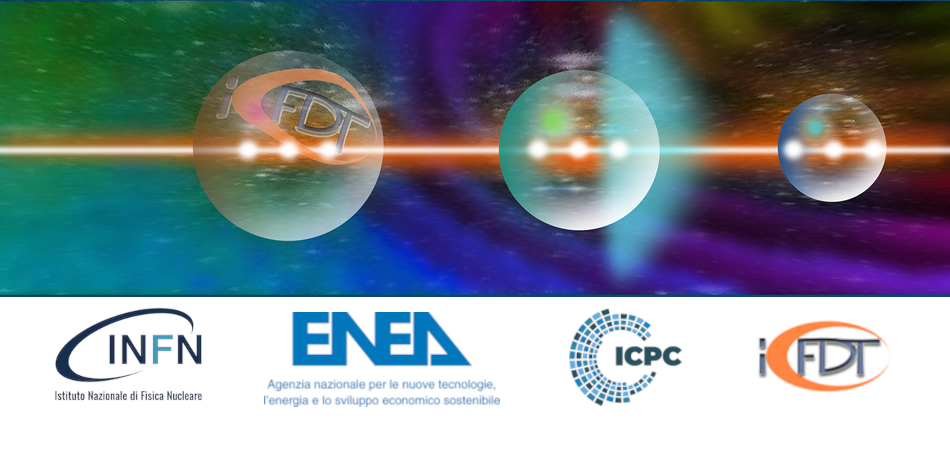Speaker
Description
The index of refraction of a plasma in a magnetic field is described by the ion density n_i, with i=D (deuterium) or H (hydrogen), in the frequency range of the fast wave. Hence, interferometry and reflectometry using the fast wave as a probe wave can provide the ion mass density m_i n_i [1,2] and the isotope ratio n_D⁄(n_D+n_H) [3], respectively. The frequency range of the fast wave for these diagnostics on present magnetic confinement fusion devices is about 10-100 MHz.
The ion mass density and the isotope ratio are important parameters for burning plasma control in future magnetic confinement fusion reactors. Fast wave interferometry/reflectometry (FWI/R) is a reactor-relevant diagnostic as it is inherently immune to many of the issues plaguing more traditional interferometric measurements. In contrast to a laser interferometer, a FWI/R does not require in-vessel optics that risk degradation from optical fouling and neutron darkening nor does it require real-time alignment control or precise beam alignment. In-vessel FWI/R components (antennas and waveguides) are unlikely to deteriorate via erosion and impurity depositions or by neutrons and gamma rays. FWI does not require precise alignment since the broad, emitted radiation pattern is easily coupled onto the receiver antenna even if antennas are displaced by thermal expansion and vibration. Therefore, FWI/R is a potentially robust and low-maintenance diagnostic for fueling control in future reactors.
FWI/R was first demonstrated on DIII-D [1-3] and has been further tested using several different antenna configurations [4,5]. Bremsstrahlung spectroscopy is used to compute Z_eff and when combined with the CO2 laser interferometer, can produce an estimate of the line averaged ion density, n_i. Z_eff can also be used with the FWI via ∑ m_i n_i (i=H,Carbon) to derived the line-averaged ion density and compare the accuracy and efficacy of the two techniques. Following comparisons on DIII-D, the ion density by the radial FWI was consistent to within approximately 15% of the value measured by the CO2 laser interferometer. Additionally, it was demonstrated on DIII-D that the several MHz bandwidth of FWI allowed probing of fluctuations of the magnetic field or the ion mass density directly from observation of core-MHD in the FWI spectrum. Evaluation of the isotope ratio by FWR was also conducted in a deuterium-and-hydrogen plasma in DIII-D. This versatile feature is valuable since the number of diagnostics on the reactor will be limited due to the harsh environment.
This material is based upon work supported by General Atomics corporate funding.
References
[1] H. Ikezi et. al., Phys. Plasma 3, 2306 (1996).
[2] G. Watson et. al., Rev. Sci. Instrum. 74, 1605 (2003).
[3] G. Watson et. al., Plasma Phys. Control. Fusion 46, 471 (2004).
[4] T. Akiyama et. al., 61st APS DPP (2019).
[5] T. Akiyama et. al., JINST 17, C01052 (2022).

